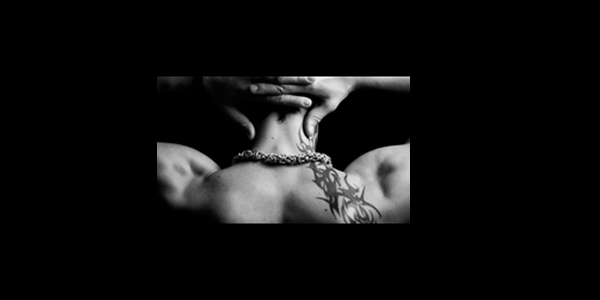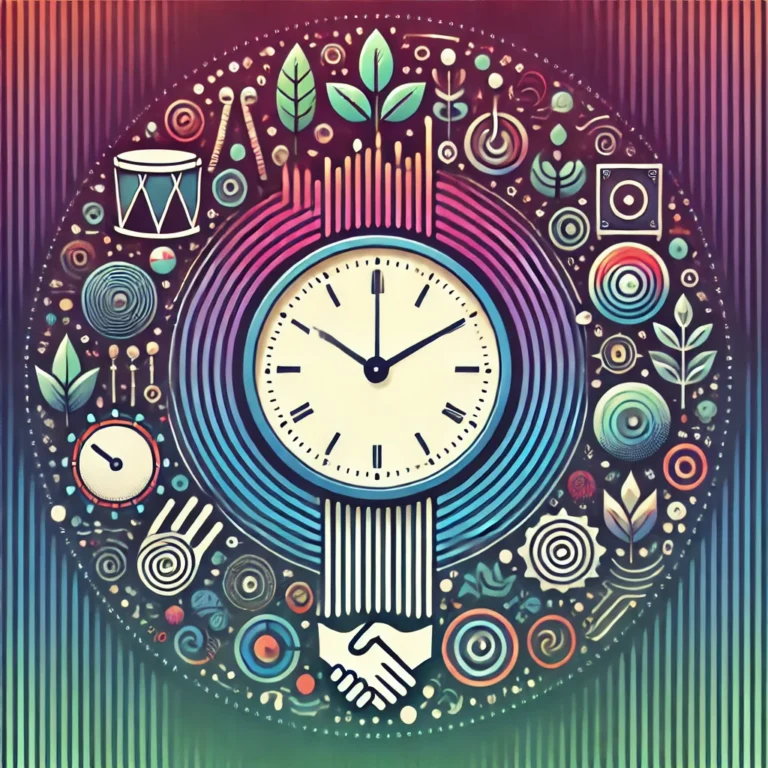Humans have been using their bodies as canvasses for tens of thousands of years, with trends ranging from small unseen memorials, to large-scale full body transformations. Miami-based jeweler and tattoo enthusiast Erik Lopez takes a deep dive into this world to explore the hidden ancient history of tattoos and body art.
By Erik Lopez
In 3300 BC the “Iceman” walked the Tyrolean Alps with markings on his flesh: stripes on his back and ankle and a cross was tattooed behind his left knee. Some of the most intricate and complex body ornamentation comes from Mayan culture, between 300 and 900 AD, in Mexico, Guatemala and Belize. The Mayans marked their bodies permanently for spiritual as well as decorative purposes but, many cultures, such as the Picts in Britain, tattooed their skin as a defense tactic. These Northern British warriors tattooed their faces to scare their adversaries. Pagan tribes who were converted to Christianity were forced to relinquish their cultural rites such as body modification so, for many years tattooing was relegated to predominantly tribal and warrior societies. This banishment of body art, by the Christian church, stems from a passage in the Old Testament, Leviticus 19:28, which states “You shall not make any gashes in your flesh for the dead or tattoo any marks upon you.”

It wasn’t until Captain James Cook set sail on August 16, 1768, on the Endeavor, that the word “tattoo” was coined. On Cooks’ three-year journey he visited many islands of the Pacific Ocean. Many of the islanders included tattooing as a part of their culture. Along with the cataloging of many types of animal and plant life on the islands, Sir Joseph Banks, a British botanist who was also on the Endeavor, documented the indigenous cultures at every stop, which included tattooing. When arriving back to Europe in 1771, Banks left the ship with a permanent memento of the voyage; it was the first tattoo on modern Western man. With thousands of years of history, the art of the tattoo has made a permanent mark on society. Among the many cultures that Banks wrote about was that of the Maori, of Polynesian-Melanesian descent, in New Zealand. Both men and women tattooed their faces with marks that were to inform the viewer of all the necessary information about the individual wearing the body art. This practice, called Moko, was so dangerous that many became ill or died during the process of being tattooed.
Another important tattooed culture is the Samoans, who call tattooing Pe’a. The process of Pe’a, known for its excruciating pain, is done by hammering a comb-like tool with a mallet into the skin in order to make a series of intricate lines and patterns on the area between the lower back and knees.
The most important happenings in Western tattoo culture occurred in the eighteenth and nineteenth centuries. The sailors that cruised the globe returned to Europe with stories of abduction and forced tattooing. Historians speculate that many of these stories were simply made up to gain recognition and attention. In the early 1800’s it was a popular trend among the European upper classes to get small tattoos, in order to somehow live vicariously through these tales of forced tattooing. Soon, the sailors became a part of this salon society where they would tell their stories to the upper class. Several of these tattooed people would show their tribal art at small parties and eventually they began traveling with sideshows and circuses.
On December 18, 1891 the first electric tattoo Samuel O’Riley registered machine with the US Patent office. This machine was based on a machine that Thomas Edison invented as a means to embroider fabric. O’Riley began working out of a New York barber shop, which he called a “tattoo parlor.” Soon after this advent tattoo parlors began opening up all over the country. So, it became more accessible for the masses to get tattooed, and many did.
Prison tats became popular around 1900. Prison ink is not only used as sign of fearlessness, it is also used as a means of communication. The jailhouse tattoos have mostly been limited to black and grey due to the limited availability of color pigments. Worldwide, these black and grey tats often have messages that reflect gang affiliation, religious significance and even time served. It is common for tattooed prisoners to mark their incarceration with a symbol of time such as the spider web, with each band of the web symbolizing a year served.
In the mid-70’s tattooists began holding conventions to show their work, sell machines and pigments and judge the quality of their peers. Today the conventions are held all over the world as frequently as every weekend. Tattooists and tattoo collectors not only visit the conventions but some follow the tours from state to state. Tattoo culture spread rapidly because of a culture obsessed with liberation of body and soul.
Today the art form of the tattoo proliferates our society. The tattoo has come a very long way: from the Iceman to tribal warriors to sailors to European high society. Today this sub-culture of tattoo collectors has become quite a popular phenomenon: an estimated one in eleven people in the US has at least one tattoo.
About the Author
Lopez taught drawing and art history classes at The College of Wooster during his undergraduate work, as a teaching assistant. He also was given the distinct honor of a Copeland Fund Grant, which he used to document the tattoo subculture in Paris during the summer of 1998.





